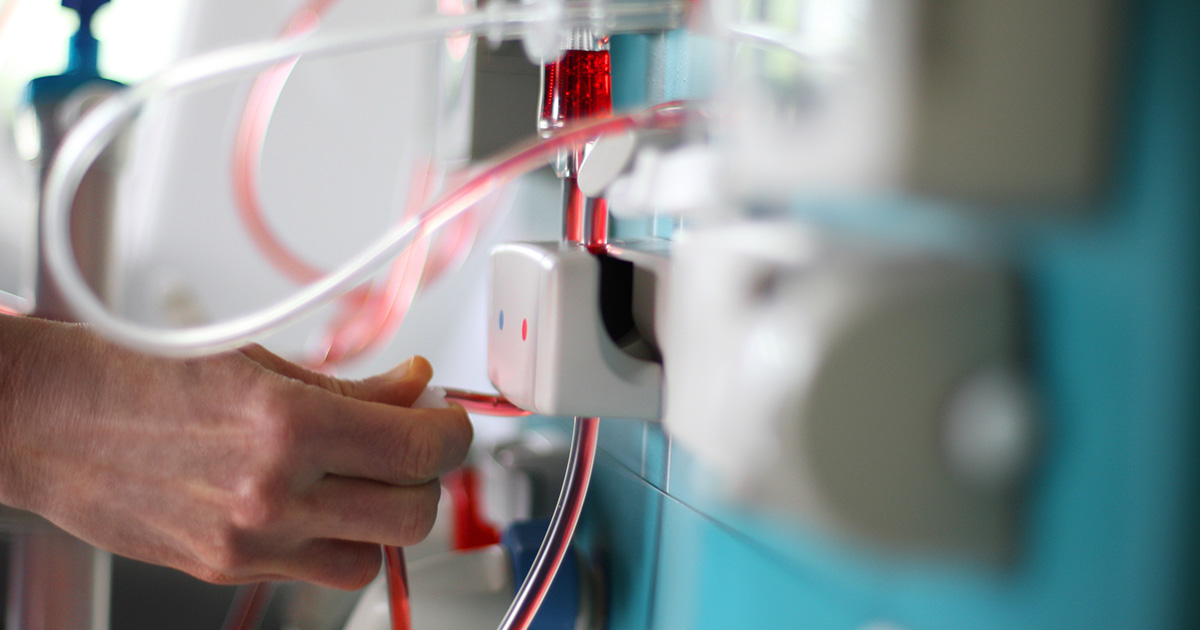The Basics Of Chronic Kidney Disease
Diagnosing Chronic Kidney Disease

The first step of diagnosing chronic kidney disease is a doctor will discuss personal and family medical history with the patient. This includes whether or not the patient has previously been diagnosed with high blood pressure, has taken any medications that can impair kidney function, and changes in their urinary habits, including frequency. Doctors will typically perform a physical exam and check for signs of issues with the heart or blood vessels. They will also conduct a neurological exam.
For an accurate kidney disease diagnosis, there are four different tests a doctor may perform on a patient including blood tests, urine tests, imaging tests, and even a biopsy on a piece of kidney tissue. Blood tests can determine the level of waste present in the blood, such as creatinine and urea, urine tests can reveal abnormalities associated with chronic kidney disease, and imaging tests, such as an ultrasound to assess the structure and size of the kidneys. A kidney tissue biopsy can be performed to determine if the patient does indeed have this illness or determine what else might be causing their kidney problems if they have visible symptoms.
Treatment Options

Currently, the only way to cure chronic kidney disease is with a kidney transplant. Treating chronic kidney disease is based on the individual's level of kidney function and other factors. Most often, an affected individual will be treated using medications to lower blood pressure, cholesterol levels, and inflammation levels in combination with hemodialysis or peritoneal dialysis. However, kidney damage can continue to worsen, even if the cause has been effectively controlled, such as with high blood pressure. Lifestyle changes include a lower protein diet to reduce waste within the blood, as well as patients reducing their intake or avoiding foods high in potassium and salt while increasing their iron consumption.
